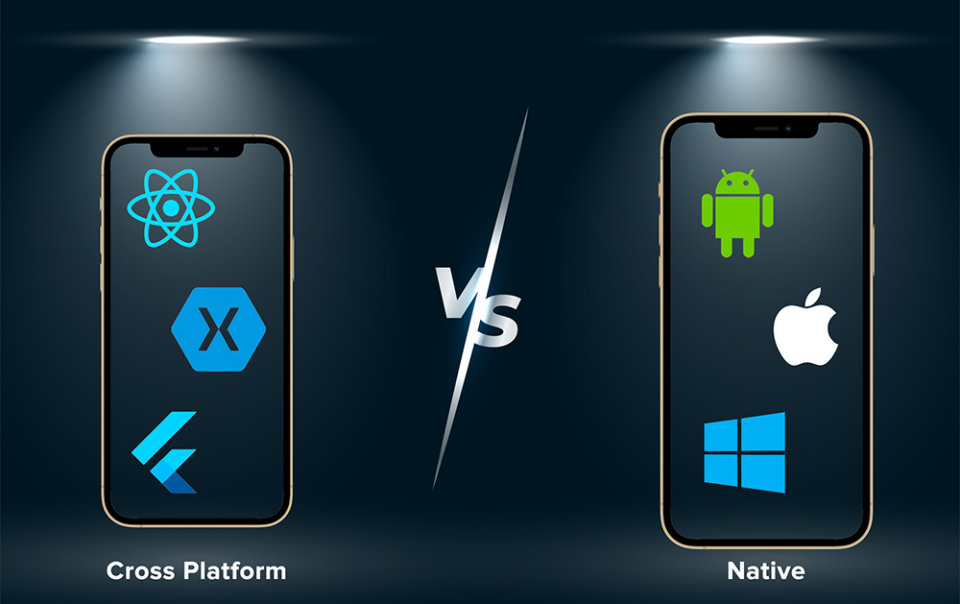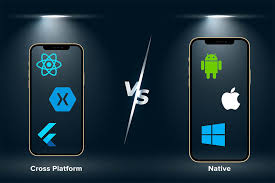Finding a great app developer in New York isn’t just about scrolling through a list of agencies and freelancers. In a city packed with talent, the real challenge is picking a partner who gets what your brand stands for and actually cares about your users. So, how do you choose the right team for your app? Let’s break it down.
- Know What You Want
First things first—get clear on your project. What kind of app are you building? Is it an e-commerce platform, a social space, or something for your enterprise? Figure out if you need it on iOS, Android, or both. Nail down your budget and when you want to launch. Laying all this out up front helps developers understand exactly what you’re after, so they can recommend the best tools and strategies.
- Look for Real Technical Chops
Don’t settle for a team that just knows how to code. The best developers in New York have experience with frameworks like Flutter, React Native, or Swift, and they’ve tackled projects like yours before. Check out their previous work. See how they handle stuff like scalability, design, and data security. When a team brings the right mix of skills, they can turn your idea into a smooth, powerful app.
- Dig Into Their Portfolio
A developer’s portfolio says a lot. Scroll through their past projects—do they show off clever features, solid design, and strong performance? Read client testimonials, case studies, or even app store reviews. If a company has pulled off tough projects in a bunch of different industries, they’re probably ready for whatever you throw at them.
- Make Sure Communication’s Easy
Building an app takes time, and things change along the way. You need a team that keeps you in the loop—sharing progress, listening to your feedback, and making tweaks as needed. Look for developers who work with agile methods, send regular updates, and actually want to hear your ideas. Trust me, it makes the whole process way less stressful.
- Think Beyond Launch Day
A good app isn’t “done” once it hits the store. The best developers in New York stick around, offering updates, bug fixes, and security patches to keep your app running strong. Before you sign any contract, ask about their support and maintenance plans. You want a team that’s there for the long haul.
- Don’t Just Chase the Lowest Price
It’s easy to focus on cost, but you usually get what you pay for. Top-notch app developers might charge a bit more, but they deliver real value—better design, cleaner code, and a product that holds up over time. Put more weight on skill, communication, and honesty than just the price tag.
- Why the Right Team Matters
Your app might be the first thing customers see from your brand. Work with the right people, and you’ll get something that not only works well but actually impresses users. In New York’s crowded tech world, a strong team helps your app stand out.
Bottom Line
Finding the right app developer in New York takes homework, honest conversations, and a focus on quality. Whether you’re launching your first startup or running an established business, the right team makes all the difference. Take your time, ask questions, and choose a partner who matches your vision. In the end, it’s the partnership that sets you up for real digital success.




